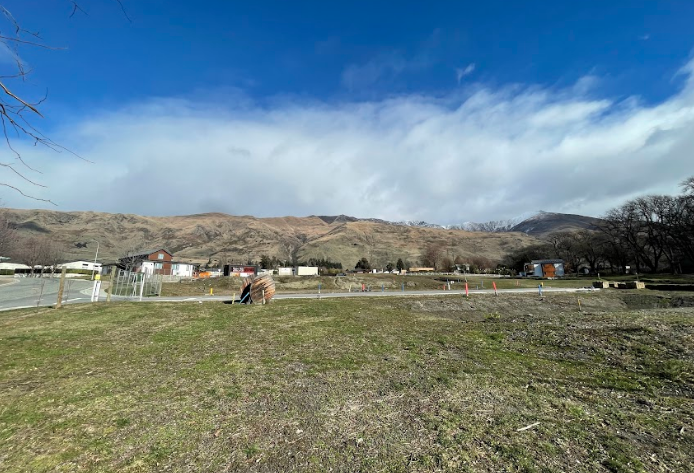Goal posts move on Meadowstone development
Maddy Harker
01 September 2021, 6:04 PM
 Changes to the Roys Bay Estate development have been made “in response to market demand”. IMAGE: Supplied
Changes to the Roys Bay Estate development have been made “in response to market demand”. IMAGE: SuppliedA resident living near Roys Bay Estate says he feels duped by numerous changes to plans for the residential development.
Dave Evans, who lives on nearby Kelliher Drive, says the developers are moving the goalposts, to the detriment of the Meadowstone community.
Developers first sought consent for a retirement village on 1.8ha adjacent to Wānaka-Mt Aspiring Road back in 2008, in an application that was denied by Queenstown Lakes District Council (QLDC) after residents campaigned against the proposal.
They eventually got the tick of approval for a 73-unit retirement village from the Environment Court in 2012 after a mediation process with approximately 120 affected residents.
To date one block of units and one duplex has been completed on the site but the behind-the-scenes changes for the project’s future are of concern, Dave said.
“They’ve done a number of variations since then which have gone unnotified, and council has given them [approval] without letting anyone know,” he said.
Most recently, the developers filed a resource consent application asking for a variation to the consent which would enable short-term accommodation from all units for up to 90 nights per year, among other changes.

The 1.8ha Roys Bay Estate site, located on the corner of Wānaka-Mount Aspiring Road and Meadowstone Drive. PHOTO: Wānaka App
This follows a decision in September last year which allowed the developers to opt out of Retirement Village Act requirements.
Roys Bay Estate was also issued with an abatement notice this February “as a result of the height of certain buildings,” a QLDC representative said. The notice was cancelled by April after another variation to the consent was granted.
Neighbours have had no ability to have meaningful input on the variations, Dave said, and the current application before council is another one which may not be publicly notified.
A QLDC representative said if members of the public become aware of an application they can provide input, regardless of whether they are notified or not, and any comments will be “noted and considered” by the reporting officer.
Dave said this approach has not got him anywhere, and the Resource Management Act (RMA) does not protect the public. “Once these developers get on this ‘developer creep’ then it’s unstoppable.”
The 2012 Environment Court decision - agreed to by all parties - included significant modifications to the buildings' style, architecture and height, and brought the number of units down from 97 to 73.
The decision also restricted the use of the units for guest accommodation, Dave said.
“I said in 2009... that this is a wolf in sheep’s clothing, the sheep’s clothing being a retirement village,” Dave said. “To be fair, that’s how it’s turning out.”
Dave has other concerns around parking, density, flood mitigation, and more.
“I just want people to know about this, because what's going to happen is, if they get the go ahead, it will turn into a jungle and people will say, what happened here?”
Roys Bay Estate project manager Doug Walker told the Wānaka App while “some minor changes” had been made since the Environment Court decision, “fundamentally the outcome envisaged accords with the original approval”.
“The changes have been made in response to market demand, and to facilitate a better design and a more liveable outcome, overall,” he said.
While Doug said all changes had been approved by QLDC in accordance with the applicable planning framework, Dave believes residents should have more say in planning decisions like these.
QLDC confirmed there was no limit to the number of variations a developer could seek to a resource consent and public notification wasn’t required.






